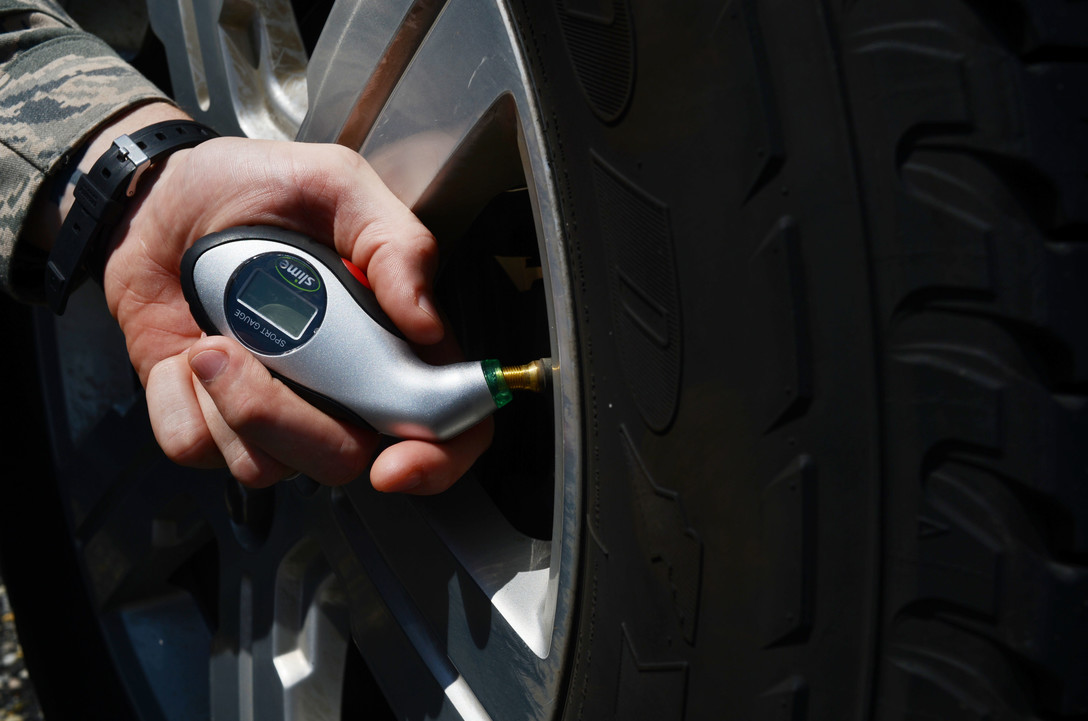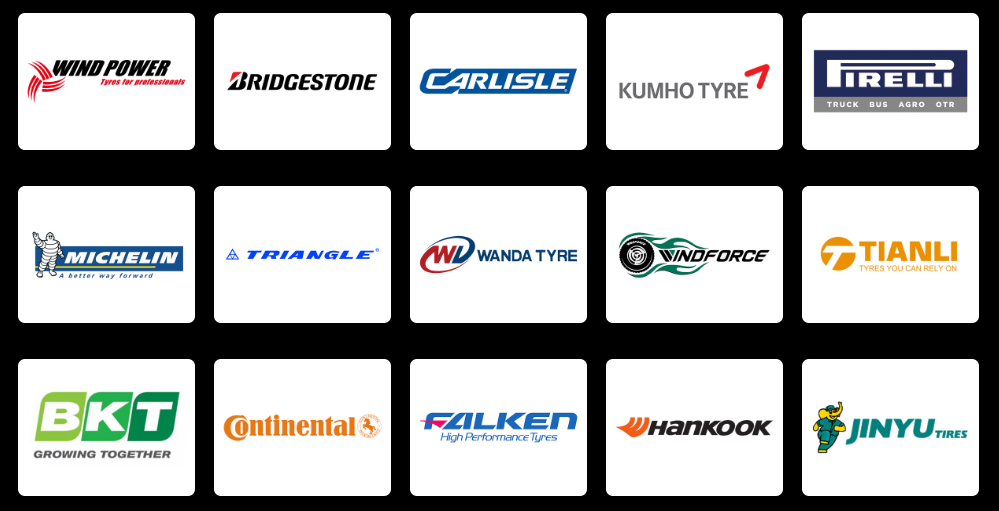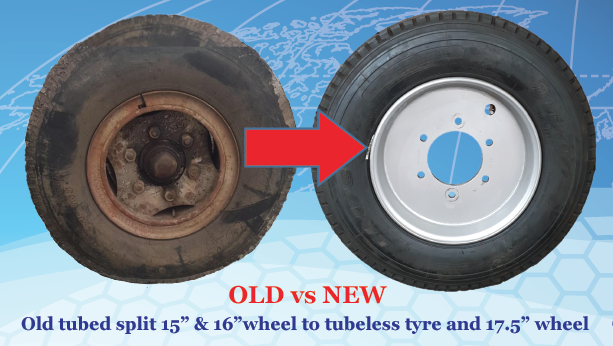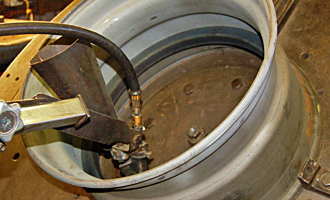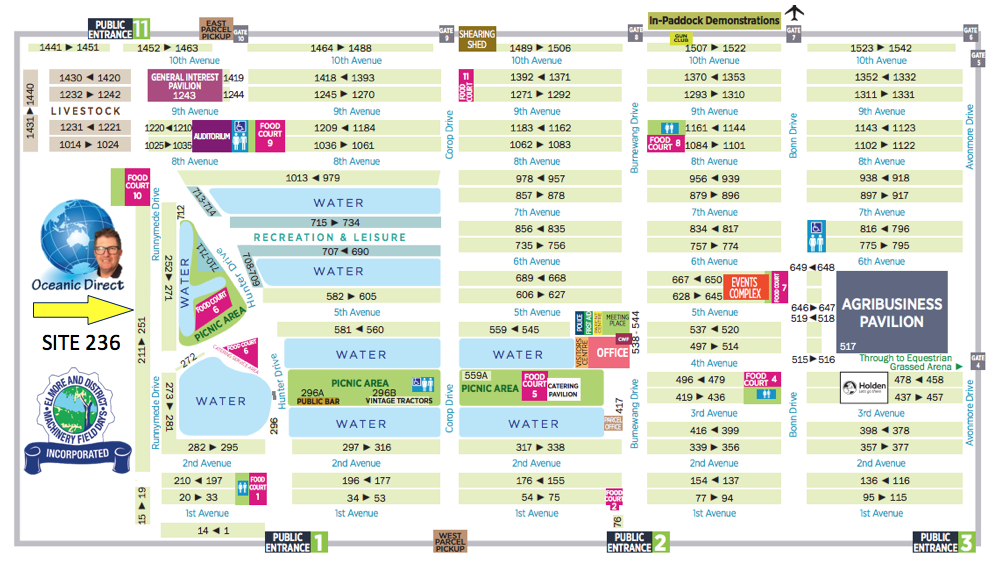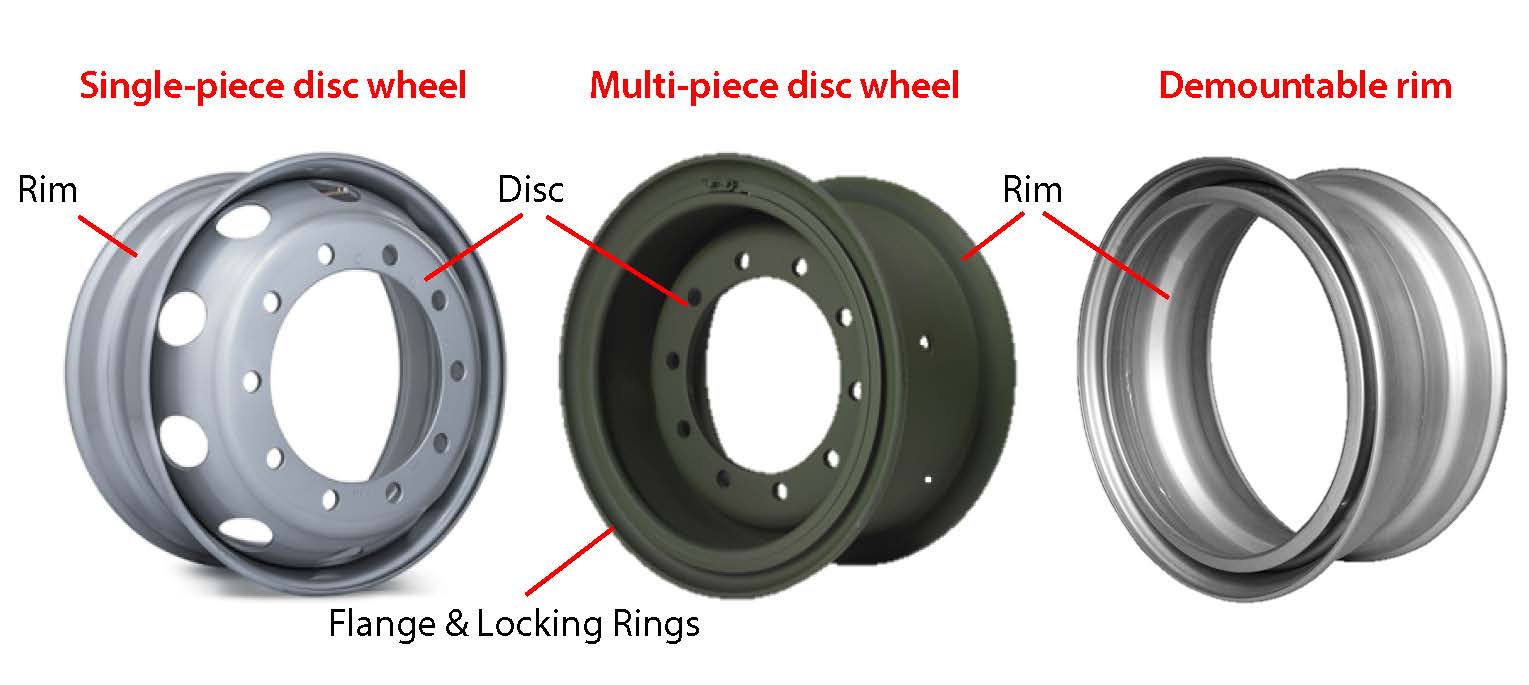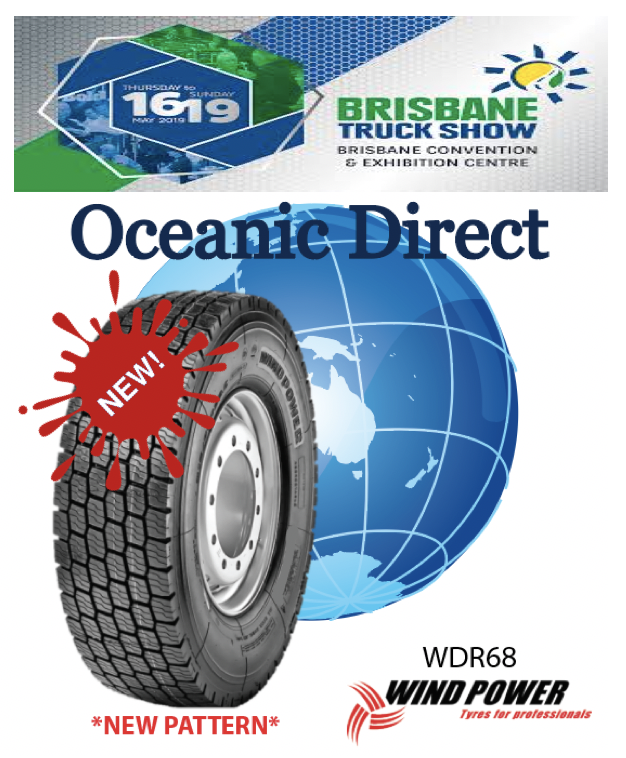
At a glance:
- A pre-ride checklist for ATV enthusiasts is crucial for safety and peak performance on Australia’s diverse terrains.
- The checklist includes tyre pressure assessment, tread depth measurement, and overall tyre condition examination.
- Factors like rotation and alignment play key roles in even wear, stability, and cost savings.
- Incorporating these practices ensures safe and exciting off-road adventures across Australia’s challenging landscapes.
A pre-ride checklist for ATV enthusiasts is essential before embarking on exhilarating ATV adventures in Australia. Ensuring the proper condition of your ATV and Quad Bike tyres is crucial for safety and performance on diverse Australian terrains. This checklist includes assessing tyre pressure with a gauge, measuring tread depth, and identifying signs of tyre damage. Maintaining the right tyre pressure, particularly for ATV tyres in Australia, where rugged landscapes abound, is vital for stability and control.
Additionally, adequate tread depth enhances traction, while spotting and addressing tyre damage early prevents accidents. By following these tyre inspection techniques as part of your pre-ride routine, you can confidently conquer Australia’s challenging off-road environments, ensuring safety and an exciting riding experience.
Introduction to ATV Tyre Maintenance
Proper tyre maintenance plays a pivotal role in enhancing the safety of ATV riders. Well-maintained tyres provide better traction, stability, and control, reducing the risk of accidents on challenging terrains. Reliable ATV tyres are essential in Australia, where off-road adventures often involve diverse landscapes, from sand dunes to rocky trails. One of the key components of your ATV tyre maintenance is regular inspection.
Tyre pressure, tread depth, alignment, and regular inspections are key factors of ATV tyre maintenance. Each of these elements plays a vital role in enhancing traction, control, and stability, allowing ATV enthusiasts to conquer the country’s challenging landscapes confidently.
Understanding ATV Tyres
ATV tyres differ significantly from regular vehicle tyres in design and function. They are specifically engineered for off-road use, offering enhanced traction and durability across demanding driving conditions.
There are various ATV tyres, each designed for specific terrains and purposes. All-terrain tyres are versatile and suitable for a wide range of conditions. Mud tyres feature deep treads to excel in muddy and wet environments, providing optimal grip. Sand tyres have paddle-like treads for navigating sandy terrains efficiently.
Each type caters to different off-road scenarios, allowing ATV enthusiasts in Australia to choose the right tyres for their specific adventures, ensuring optimal performance and safety in the country’s diverse landscapes.
Necessary Tools for Tyre Inspection
Pressure Gauge: This tool measures tyre pressure accurately. It ensures that your ATV quad bike tyres have the recommended pressure for safe riding on diverse terrains in Australia.
Tread Depth Gauge: It checks the depth of the tyre’s tread grooves. It helps determine if the tyres have sufficient tread for proper traction and control.
What to Include in Your Pre-Ride Checklist?
A meticulous pre-ride tyre inspection is imperative before starting your ATV adventure in Australia. This comprehensive checklist comprises three crucial steps:
Tyre Pressure Inspection
Maintaining the correct tyre pressure is of paramount importance for ATV riders. In Australia, where terrain can swiftly shift from dunes to rocky trails, having the right tyre pressure ensures:
Safety: Properly inflated tyres offer enhanced stability and control, significantly reducing the risk of accidents. This is particularly vital when navigating the country’s challenging landscapes.
Performance: Adequate tyre pressure translates into better traction, allowing your ATV to grip varying terrains effectively, from muddy tracks to dry, rocky paths.
How to Check Tyre Pressure?
Inspecting your ATV’s tyre pressure is straightforward, but it requires correct tools and a systematic approach. Acquire a reliable pressure gauge explicitly designed for ATV tyres. This simple yet essential tool will be your ally in maintaining your ATV tyre health.
To check the tyre pressure, carefully remove the valve cap from the tyre and firmly attach the pressure gauge to the valve stem. The gauge will promptly display the current tyre pressure. If the pressure is above or below the recommended level, inflate or deflate the tyre until it reaches the manufacturer’s specified pressure.
Tyre Tread Depth Inspection
Tyre tread depth inspection is a crucial pre-ride checklist item for ATV riders due to its direct impact on safety and performance during off-road adventures. Here’s why it’s essential:
Traction and Control: Adequate tread depth is vital for maintaining traction on various terrains. Relational traction is critical for safe and controlled riding in Australia, where landscapes can range from sandy beaches to rocky trails. Tread depth allows the tyres to grip the ground effectively, preventing slipping and sliding, especially in challenging conditions like mud or loose gravel.
Stability: Insufficient tread depth can compromise the stability of an ATV. On uneven or slippery terrain, worn-out tyres are more likely to cause the ATV to skid or lose balance. This instability increases the risk of accidents, which can be particularly dangerous when riding in remote or rugged areas.
Braking and Handling: Proper tyre tread depth ensures efficient braking and responsive handling. Worn-down treads can result in longer stopping distances and decreased maneuverability. When quick responses are crucial, such as avoiding obstacles or navigating tight turns, adequate tread depth is indispensable for rider safety.
Longevity: Regular tread depth inspection allows riders to identify when their tyres are nearing the end of their usable life. This proactive approach enhances safety and helps riders plan for tyre replacements, ensuring they aren’t caught off guard during a ride.
How to Check ATV Tyre Tread Depth?
You can check your ATV tyre’s tread depth using a tread depth gauge, a specialised tool available at most automotive stores. Then, you have to identify the main tread groove on the tyre. This is the area where you’ll measure the depth. Place the probe of the tread depth gauge into the groove until it makes contact with the base of the groove. The gauge will display the depth of the tread in millimetres or inches. Compare this measurement to the manufacturer’s recommended minimum tread depth to ensure your ATV tyres meet safety standards.
You can repeat the measurement at various points across the tyre to check for even wear.
What is the Standard Tread Depth for ATV Tyres in Australia?
Different countries and regions often have specific regulations regarding minimum tread depth. In Australia, the legal minimum tread depth requirement for ATV tyres is 1.5 millimetres.
Overall Tyre Condition Examination
Tyre condition examination is an integral part of the pre-ride checklist for ATV riders due to its critical role in ensuring safety, performance, and an overall enjoyable off-road experience. Here’s how you can conduct a thorough tyre condition examination before your ride:
Check for Cuts and Gashes: When inspecting ATV tyres, carefully examine the entire surface for cuts, gashes, or abrasions. These can occur from sharp rocks, sticks, or other debris encountered during off-road rides. Even seemingly minor cuts can compromise the tyre’s structure and lead to slow leaks or sudden blowouts if left unattended. It’s crucial to address any cuts promptly by repairing or replacing the damaged ATV tyre with a new one. You can check for suitable ATV tyres on the Oceanic Direct website or contact us today for any ATV tyre inquiry.
Punctures: Look for embedded objects such as nails, screws, or thorns. These punctures may not always be immediately noticeable but can gradually cause the tyre to lose air pressure. Riding with a slowly deflating tyre can impact control and stability, making it essential to remove foreign objects and repair punctures promptly.
Sidewall Damage: Examine the tyres’ sidewalls for any signs of damage. This includes bulges, cracks, or tears. Sidewall issues can result from impacts with sharp objects or hitting obstacles on the trail. Damaged sidewalls weaken the tyre’s overall integrity and increase the risk of a blowout. Any sidewall damage should be taken seriously, and the tyre should be replaced as soon as possible to prevent catastrophic failure.
Besides these three major factors, there are other ways to preserve the shelf life of your ATV tyres and prolong their use while ensuring optimal performance and safety down the road. Here are some factors you can look into to improve the health of your ATV tyres and avoid buying new ATV tyres prematurely.
How to Ensure Longevity of Your ATV tyres (Additional Tips)
Tyre Rotation
Tyre rotation is a vital maintenance practice for ATVs. It involves moving the tyres from one position to another on the ATV to promote even wear and maintain balanced performance. Here’s how it benefits ATV enthusiasts:
Enhanced Tyre Longevity: ATV tyres experience uneven wear due to varying weight distribution. If you did not know – your front tyres typically bear more load during steering and braking, causing them to wear faster than rear tyres. Regularly rotating your ATV tyres ensures that all tyres wear more evenly. This extends their lifespan, saving you money on premature ATV tyre replacements.
Consistent Traction: Evenly worn tyres provide consistent traction across all four wheels. This is crucial for maintaining control and stability, especially when tackling diverse terrains in countries like Australia, with diverse landscapes. Proper traction ensures your ATV grips the ground effectively, reducing the risk of accidents.
Predictable Handling: Balanced tyre wear contributes to predictable and stable handling. When your ATV’s tyre wear evenly, it responds consistently to steering inputs. This is essential for maintaining control on rugged trails and uneven terrain, ensuring a smoother and safer riding experience.
Cost Savings: By rotating your ATV tyres, you minimise the need for premature replacements, ultimately saving you money in the long run. So, tyre rotation is a cost-effective way to prolong tyre life and optimise your ATV’s performance.
You can rotate your ATV tyres as recommended in your ATV’s manual. This ensures better tyre longevity and maintains reliable performance. This proactive approach allows you to enjoy off-road adventures while minimising the risk of unexpected tyre-related issues during the ride.
What is the Best Way to Rotate ATV tyres?
Releasing the need to rotate your ATV tyres to ensure the longevity of tyres is a primary thing. Along with this, it is equally important to know how to rotate the tyres. You can follow these steps for ATV tyre rotation:
Front to Back: When swapping the front tyres with the rear tyres, ensure that the front-left tyre moves to the rear-left position and the front-right tyre goes to the rear-right position. This method is simple and effective for promoting even tyre wear.
Cross Rotation: Cross rotation involves a more diagonal approach. In this method, the front-left tyre moves to the rear-right position, and the front-right tyre goes to the rear-left position. Cross rotation can help mitigate specific wear patterns and maintain tyre balance.
Directional Tyres: If your ATV has a directional tyre featuring a specific tread pattern, it’s essential to rotate them front to back only. Maintaining the original direction of the tread pattern is crucial for preserving tyre performance and traction in challenging conditions.
Maintaining Proper Tyre Alignment
Proper tyre alignment optimises ATV performance and ensures a safe, enjoyable off-road experience. Proper tyre alignment refers to the correct positioning and angling of your ATV tyres with respect to each other and the vehicle. It ensures that all four tyres work together seamlessly to provide predictable handling, stability, and safety.
Importance of Proper Tyre Alignment
Enhanced Handling: Correct alignment ensures that all four tyres are precisely positioned and angled. This translates to predictable and stable handling, which is crucial when navigating challenging and ever-changing landscapes in Australia. Improper alignment can lead to unpredictable steering, making your ATV easier to control.
Tyre Longevity: Proper alignment promotes even tyre wear, extending the lifespan of your ATV tyres. Uneven wear patterns caused by misalignment can lead to premature tyre replacement, a costly and avoidable expense.
How to Inspect and Adjust Tyre Alignment
Here are some important tips for inspecting tyre alignment for your ATV:
Visual Inspection: Begin by visually inspecting your ATV’s tyres. Look for signs of uneven wear, such as cupping or scalloping patterns. If you notice these irregular wear patterns, it’s a strong indication of misalignment. Additionally, check for any visible damage or issues with the steering components.
Toe Alignment Adjustment: The most common alignment issue for ATVs is the toe alignment, which involves the angle of the tyres in relation to each other. To adjust toe alignment, first measure the distance between the front and rear of the tyres at the midpoint of the tyres. The measurements should match the manufacturer’s specifications. If they do not align, adjust the tyre rods to align the tyres correctly.
Professional Assistance: While some alignment adjustments can be made personally, it’s advisable to seek professional assistance for complex alignment issues or if you lack experience in this area. Professional alignment ensures precision and safe operation.
In conclusion, a thorough pre-ride checklist is essential for every ATV enthusiast gearing up for adventures in Australia’s diverse terrains. A properly worked pre-ride checklist includes measuring tyre pressure and tread depth and examining overall tyre condition. Proper tyre pressure is crucial for safety and performance, especially in the ever-changing Australian landscapes. Adequate tread depth ensures traction and stability, while timely detection of tyre damage prevents accidents.
Tyre rotation and alignment are equally important for your tyres. Regular tyre rotation promotes even wear, enhances traction, and leads to predictable handling, ensuring cost savings in the long run. Proper tyre alignment is crucial for stable and safe ATV operation, especially in challenging landscapes.
By following these tyre maintenance practices and incorporating them into your pre-ride routine, you can confidently conquer Australia’s off-road environments, ensuring safety and an exhilarating riding experience.
